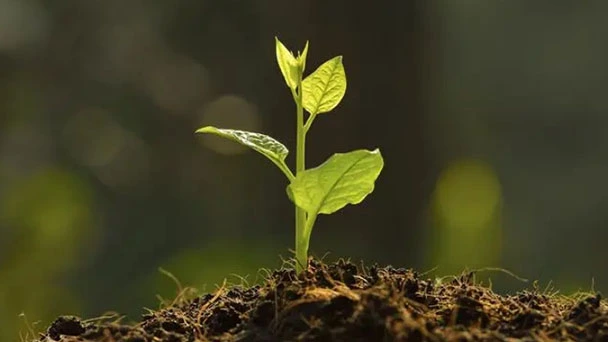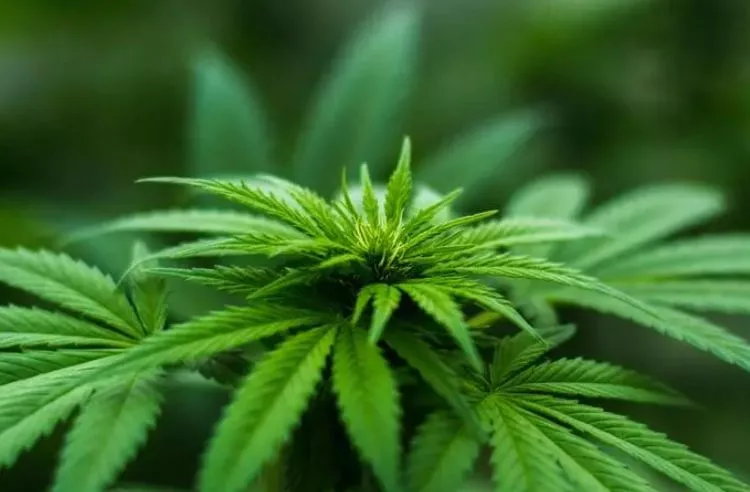What is My Colorado Plant Growing Zone?
Written by Ivy
Dec 13 2022

If you're unfamiliar with plant hardiness zones, they indicate whether your flower plants have a good chance of surviving the harshest winters anticipated in your area and returning the following year.
Colorado is in Zone 4 to 6. As a result, some perennial plants that grow continuously in other Zones are more likely to freeze and perish during the harsh winters in Colorado. -30 to -20 F are the typical low temperatures in the mountains in Zone 4. Zones 5 and 6, with an average temperature of -20 to 10 F, cover Colorado's plains.
Plant Hardiness Zones in Colorado in Broad Strokes:
- If you live in the hottest parts of Colorado — like the southwest corner and parts of the Zone 7 of the plant hardiness scale probably applies to the Grand Junction area. Zone 6 includes the neighborhood.
- The majority of the Front Range is in zone 5.
- But if you live in the heart of an urban corridor — like certain parts of You could be in zone 6a if you live in Colorado Springs, Denver, Aurora, or Boulder. Things can get warm because of buildings and concrete. Zone 6 also includes some of Pueblo.
- At higher elevations, like up in the mountains, your plants often need to be able to withstand colder winter temperatures. (In Colorado, temperatures decrease by 3 to 4 degrees for every 1000 feet of elevation gain.) Plant hardiness zone number for your garden is probably lower. Mountain towns are primarily found in zone 4. Some are in zone 3, while others are in zone 5.

What is Colorado Plant
There is much more to Colorado than just its snowy winters; the state is famous for its snowy mountain tops that provide world-class skiing. Colorado's climate is very diverse, and the state's planting zones are equally diverse. A variety of microclimates, including subtropical, humid subtropical, humid continental, mediterranean, and even subarctic, can be found throughout the state, with the eastern region of the state being semi-arid and the rest of the state ranging from semi-arid to alpine. Even California, which is renowned for its sunny days, cannot match the state's 300 days of sunshine per year. Despite the fact that they frequently experience record snowfall, the state is renowned for its mild temperatures and sunny days, which contribute to an excellent planting season.
Is It Important to Determine Colorado Planting Zone?
Before designing a garden, it is crucial to ascertain which Colorado planting zone it will be in. With the help of Gilmour's Interactive Planting Zone Map, it is simple to locate a zone with confidence and choose plants that are suitable for the area. The planting zones in Colorado range from 3a to 7a, so being aware of this information before deciding which plants and vegetables to include in a garden can help reduce some of the stress and annoyance associated with a failed garden. The best place to start is at a local nursery because they will probably only stock varieties that grow well in that region. If you have questions about what plants to grow or need assistance, ask the nursery staff.
Numerous fruits, vegetables, and flowers can be grown in Colorado's growing zones despite the state's relatively short growing season. In a vegetable garden, plant swiss chard, lettuce, grape tomatoes, and herbs. Blue salvia, hosta lilies, blue moon wisteria, begonias, and primrose are just a few examples of flowers and plants that will thrive.
Latest Updated
- Benefits of Bugleweed - 7 Science-backed Health Benefits
- Bugleweed Dangers & Side Effects - Is It Poisonous?
- How to Plant Evergreen Trees - What You Should Know
- When to Plant Evergreens - Grow Guide for Evergreen Trees
- 12 Wonderful Evergreen Shrubs for Your Garden
- 12 Popular Evergreen Plants with Pictures for Beginners
- When And How To Prune A Lilac Bush Like a Pro
- How to Grow & Care for Lilac Vine (Hardenbergia Violacea)
- Japanese Lilac Tree (Syringa Reticulata) Care & Propagation Guide
- Shumard Oak Pros and Cons - What to Know
Popular Articles
- Winter maintenance of Antirrhinum Majus
- How to Grow Terminalia Mantaly Tree
- How to Grow and Care for Crossostephium Chinense
- How to grow Antirrhinum Majus in spring
- Peristeria Elata (Dove Orchid) Profile: Info & Care Guide
- Underwatered Snake Plant (Sansevieria Trifasciata) - Signs And How To Fix
- How to Care for Brazilian Jasmine Plant (Mandevilla Sanderi)
- How to Grow & Care for Graptopetalum Purple Delight in Summer
- Rosa Chinensis (China Rose): Plant Growing & Care Tips
- How to Care for Baby Sun Rose (Aptenia Cordifolia)